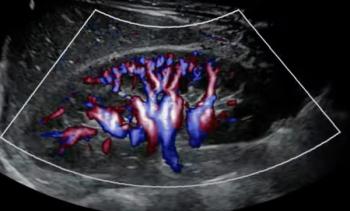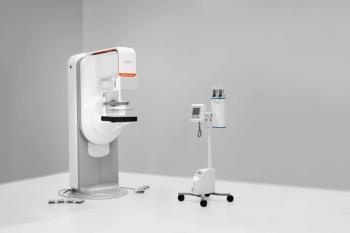OsteoSight Gets FDA Breakthrough Device Designation for Bone Mineral Density Assessment on X-Rays
By leveraging subtle signals on routine X-rays to assess bone mineral density (BMD), the technology may facilitate earlier detection of osteoporosis and help prevent fragility fractures.
The Food and Drug Administration (FDA) has granted a breakthrough device designation for OsteoSight, which reportedly provides automated estimates of bone mineral density (BMD) based on routine X-rays.
In addition to BMD estimates,
The Bone Health and Osteoporosis Foundation has projected an estimated $25.3 billion in annual direct health-care costs for three million osteoporosis-related fractures in 2025.2
OsteoSight emphasized that automation of BMD estimates with routine X-rays may lead to earlier diagnosis of osteoporosis cases and allow the use of preventive measures to help protect patients from fragility fractures.
"While treatments exist that can help slow the progression of bone loss, the biggest challenge we face is the persistent underdiagnosis of osteoporosis and low bone density," said Robert Pignolo, M.D., Ph.D., a professor of Medicine, Geriatric Medicine and Gerontology at the Mayo Clinic and member of the Scientific Advisory Board of Naitive Technologies.
"Patients are still being diagnosed after a fracture, instead of during a period of timely intervention. By screening patients who are having routine X-rays, we have a real opportunity to identify early bone loss and osteoporosis and prevent fractures. I'm delighted that the FDA has seen OsteoSight's potential, and I'm excited to see the difference it will make in clinical practice."
Newsletter
Stay at the forefront of radiology with the Diagnostic Imaging newsletter, delivering the latest news, clinical insights, and imaging advancements for today’s radiologists.





























